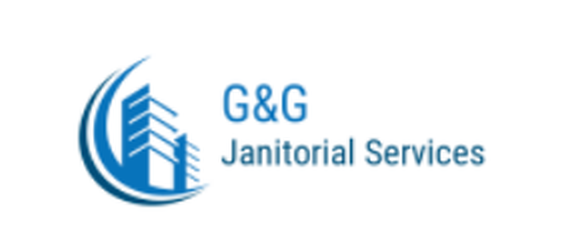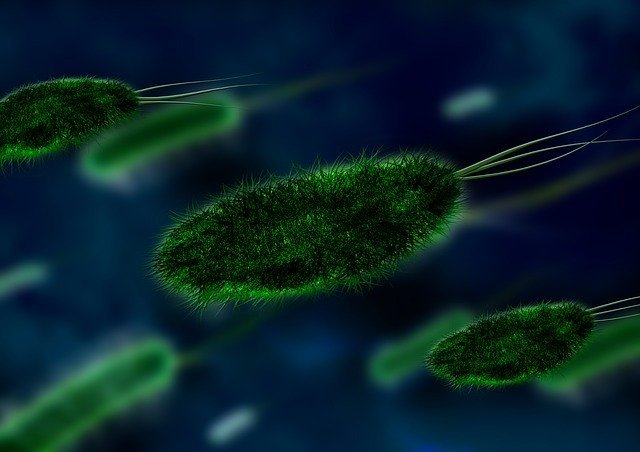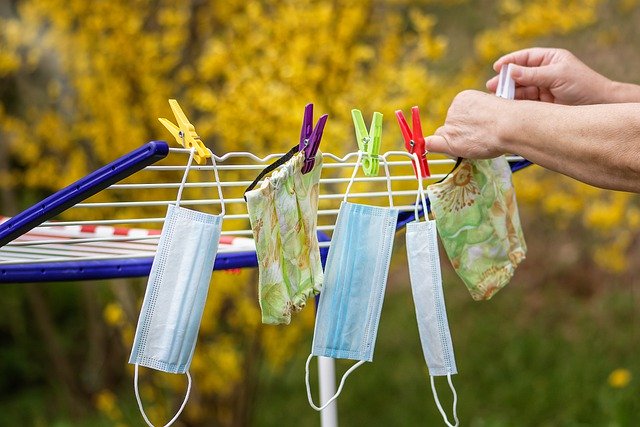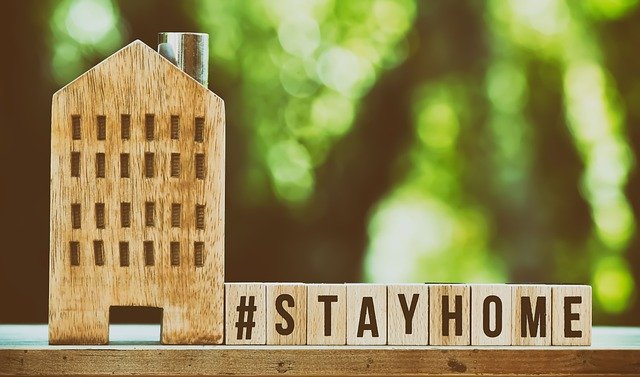Professional Coronavirus Cleaning and Sanitizing in Napa, Sonoma & Solano Counties

Being prepared to live with the Coronavirus for some time.
If there's something, the coronavirus lockdown taught us was always to be prepared. Most of us took our time, our job, our family, our health, and our business for granted, and those things in our life can change in an instant. We learned to appreciate family the most, we learned to take better care of our health, and of course, we are more prepared to perform our job in the best way possible to make our business thrive again.
At G&G Janitorial, we decided to educate ourselves as much as possible in dealing with CoVid-19 and offer the best cleaning services for your business in Napa County and Sonoma County. This blog post will teach you the best practices and tips we learned when dealing with the coronavirus, and that will make things as easy as possible for your business while this situation passes.You can choose whether to deal with cleaning and disinfecting by yourself with the help of your employees, or you can hire our professional cleaning services to help you deal with a deep cleansing for your professional environment. We will love it if you choose the latter.
We hope you find this post enlightening, and if you do, please support us by sharing it with friends or people on social media! Here are some tips we learned in over 20 years of services and new tips from health officials.
IMPORTANT INFORMATION ABOUT THE CORONAVIRUS

How does the virus spread?
As of the latest information, the CoVid-19 transmit via droplets emitted by people sneezing or coughing. The droplets could come in contact with surfaces, and if you touch those surfaces, the virus could enter through your nose, mouth, or eyes. It's important not to touch your face, keep surfaces clean, and wash your hands as much as possible for 20 seconds.
How long can the virus live on surfaces?
There are different answers about this, they changed during the time, and the most recent one mentions that it can last for 3 hours as long as sunlight or heat doesn't come in direct contact with the virus.
How can I keep surfaces around me disinfected?
Trick question! Because there are two types of surfaces that need to be cleaned. Both of them require different cleaning methods. However, you can use the same supplies for this:
- Waterproof gloves made from nitrile or latex.
- Soap/detergent, warm water, clean towels, plastic trash bags (preferably leak-proof)
- Face masks.
- Goggles to protect yourself from the virus, and also to prevent reactions from cleaning supplies (optional).
- Bleach, alcohol, etc.
The surfaces you need to clean include:
Soft, porous surfaces:
Rugs, carpeting, clothing, towels, sofas, chairs, bedding, stuffed animal toys, etc.
- Vacuuming helps you keep dust from spreading into the air.
- Deep clean carpets while avoiding splashing as much as possible
- Steam pure to disinfect rugs, carpets, and other porous surfaces.
For things you can wash: - Place what you want to clean in a sealed plastic bag until laundry day.
- Use hot water and color-safe bleach detergent.
- Dry on high heat.
Hard, non-porous surfaces:
Floors, stainless steel, countertops, kitchen surfaces, wooden tables and chairs, toilets, sinks, light switch plates, doorknobs, railings, computer keyboards, electronic equipment, remote controls.
- Follow labeled instructions from cleaning products.
- Clean the surface with soap and water.
- Apply a disinfectant to kill the virus, make sure the surface stays wet with the disinfectant for at least 10 minutes before wiping with a clean towel. If an EPA registered disinfectant is not available, use a 2% chlorine bleach solution.
- Take care by using alcohol-based disinfectants. They evaporate quickly and may not thoroughly disinfect if you don't follow instructions.
- Rinsing following the use of a disinfectant is especially essential in a food preparation area. Rinse with water and allow the surface to air dry.
- Mop heads should be cleaned with soap and hot water and sanitized with an EPA-registered disinfectant or bleach solution. Consider using single-use, disposable mop heads, or cloths as an alternative if you have the budget.
- Gloves should be placed in a trash bag and discard.
- Remove your gloves and wash your hands thoroughly after you finish cleaning.

Other recommendations:
When cleaning workspaces, cubicles, and other office areas, make sure to disinfect frequently touched surfaces and objects, such as desks, chairs, phones, printers, keyboards, and computer mice.
⦁ Clean restrooms frequently.
⦁ When cleaning business vehicles, pay special attention to surfaces and objects that are often touched by drivers/passengers, such as door handles, window buttons, locks, payment machines, armrests, seat cushions, buckles, and seatbelts. Also, wipe down surfaces that drivers frequently touch, such as the steering wheel, radio buttons, turn indicators, and cup holders.
When cleaning food establishments, pay special attention to food and checkout counters.
⦁ Clean first, then disinfect.
⦁ Clean surfaces with soap or detergent and water (or a cleaning product) first to remove visible dirt and grime. Disinfectants are most effective on clean surfaces and objects.

When cleaning by yourself (not hiring a professional), make sure to read and follow the directions on the label to ensure the safe and effective use of disinfectants.
- Wear skin protection and consider eye protection.
- Make sure you have adequate ventilation.
- Never use more than the amount recommended on the product's label.
- Use water at room temperature for dilution (unless stated otherwise on the label).
- Avoid mixing chemicals.
- If you prepare your disinfectants, label these diluted cleaning solutions for safety.
- Leave cleaning solutions and chemicals out of the reach of children and pets.
What if I want to prepare my cleaning solutions?
If you want to do this, you have a couple of options:
- Disinfect with a 70% alcohol solution, wipe the surface or object thoroughly with the solution and let it dry.
- Ensure that diluted household bleach solutions (at least 1000ppm sodium hypochlorite, or concentration of 5%–6%) can be used if appropriate for the surface. Follow manufacturer's instructions for application, ensuring a contact time of at least 1 minute and allowing proper ventilation during and after application.
Check to ensure the product is not past its expiration date. Never mix household bleach with ammonia or any other cleanser.
Prepare bleach solution by mixing:

Additional considerations for employers:
- Educate workers performing cleaning, laundry, and trash pick-up to recognize the symptoms of COVID-19.
- Provide instructions on what to do if they develop symptoms within 14 days after their last possible exposure to the virus.
- Develop policies for worker protection and provide training to all cleaning staff on-site before providing cleaning tasks.
- Training should include when to use Personal Protective Equipment (PPE), what PPE is necessary, how to put it on, use, and take off correctly, and how to properly dispose of PPE.
- Ensure workers are trained on the hazards of the cleaning chemicals used in the workplace following OSHA's Hazard Communication standard (29 CFR 1910.1200 external link)
- Comply with OSHA's standards on Bloodborne Pathogens (29 CFR 1910.1030 external link), including proper disposal of regulated waste, and PPE (29 CFR 1910.132 external link).
Most important points to keep in mind:
Make sure to clean surfaces that many people touch regularly like doorknobs, desk surfaces, electronic equipment, utensils, etc.
There's also the option to steam clean at no less than 245 Fahrenheit degrees. By using steam, bleach, or alcohol you can get rid of bacteria, viruses, dirt, and other impurities as well as the Coronavirus.
You also have the option to use soap. However, it would be best if you spent more time cleaning your work area than by using alcohol, bleach, or a steam cleaner.
Office Cleaning Services
Get a Free Estimate for your Office Now!
